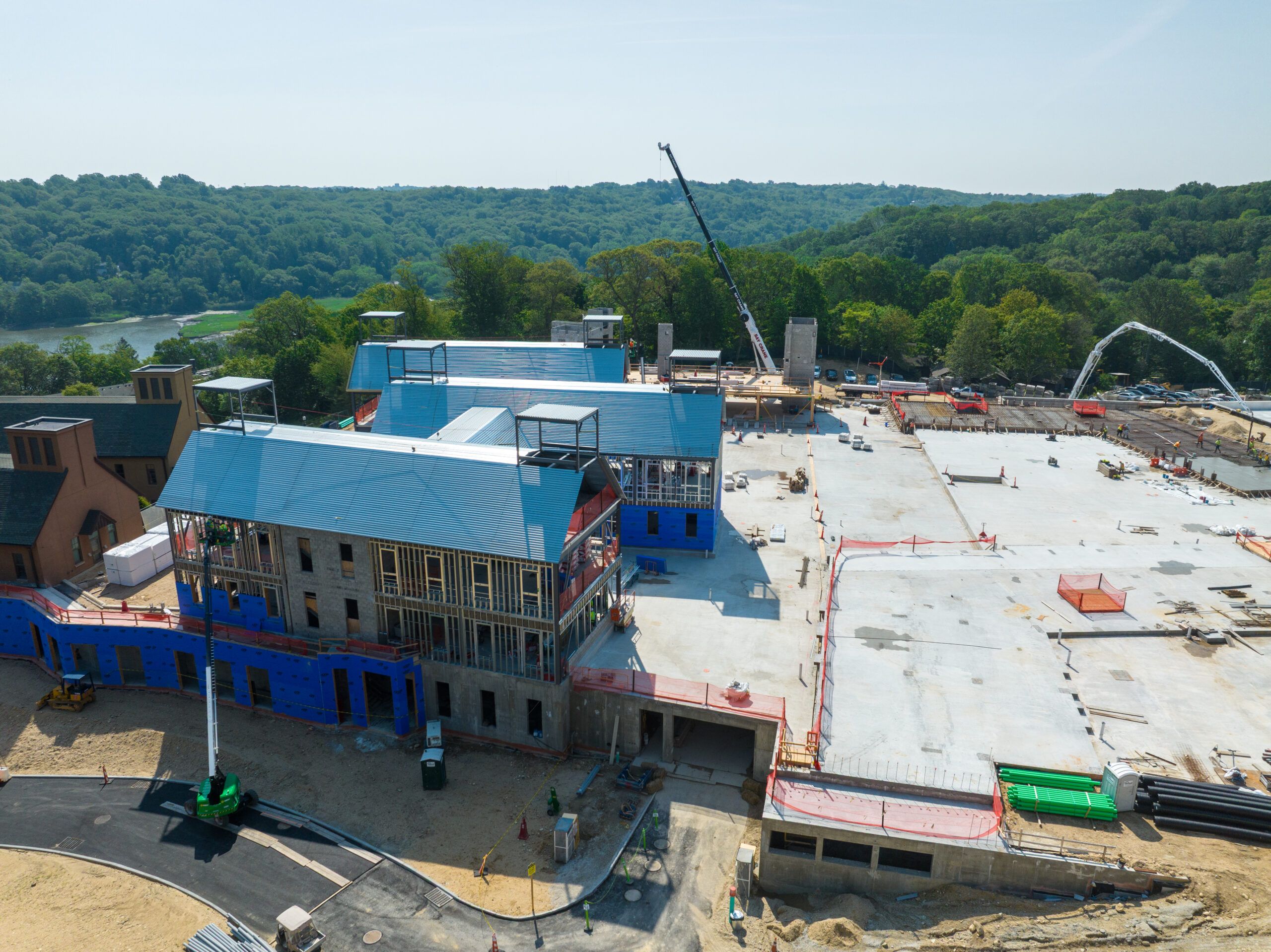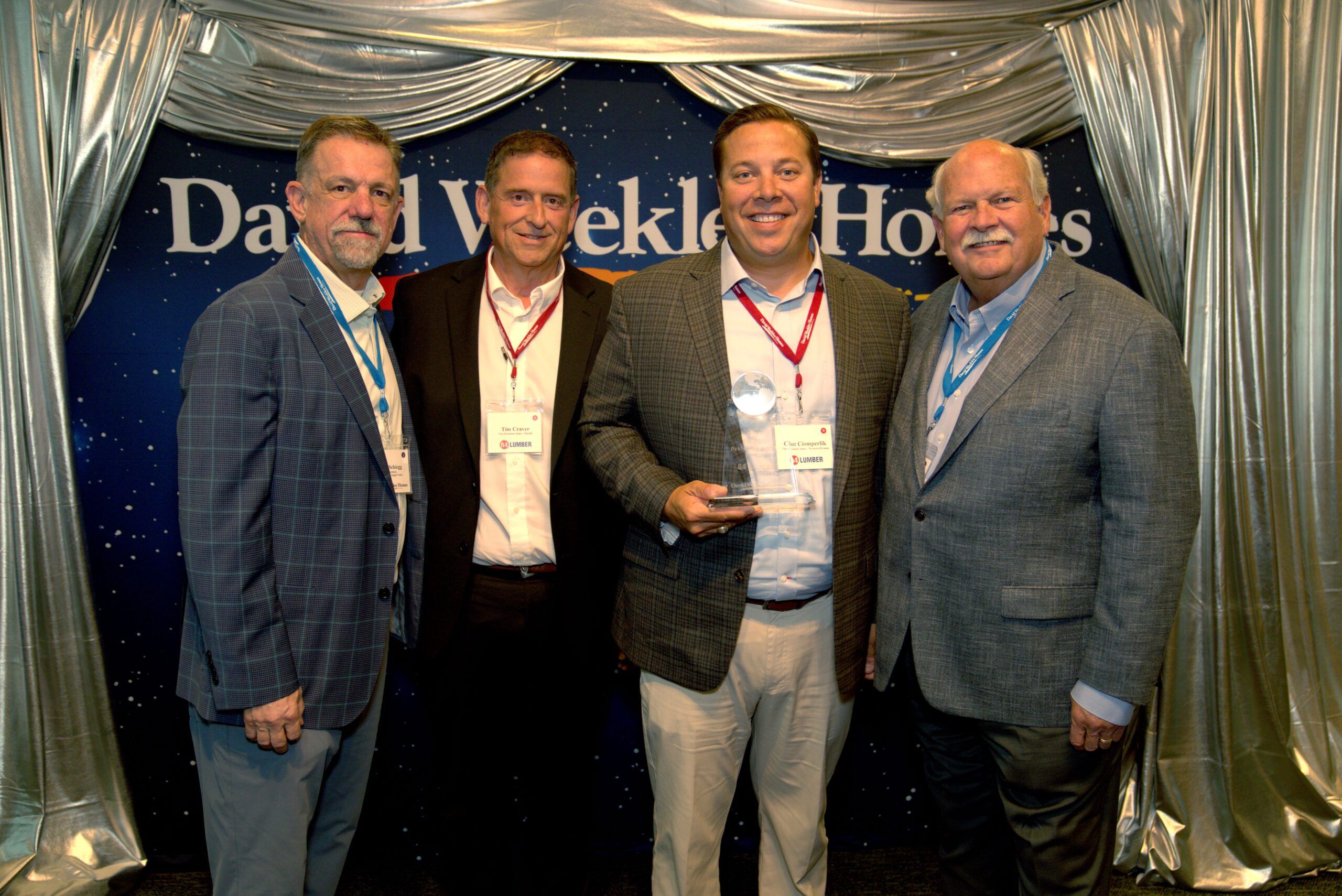Construction sites can be treasure troves—for both productivity and problematic risks. With tools, status-sensitive materials, and ongoing activity, they’re prime targets for theft, vandalism, unauthorized access, and even cyber vulnerabilities. The modern era demands more than padlocks and perimeter fencing: it calls for intelligent, layered security systems that protect assets, people, and project timetables.
The Stakes: Why Smarter Security Matters
Construction thefts are no small matter. The problem is substantial, with annual losses from construction equipment theft estimated at $1 billion in the United States and approximately $650 million in Australia. These losses don’t just hit your bottom line—they cause delays, reduce productivity, and can inflame insurance premiums or even create coverage disputes.
Traditional methods—like manual patrols or simple CCTV—are increasingly inadequate for today’s stakes.
Smarter Tools, Smarter Outcomes
AI-Powered Video Surveillance
Advanced systems now use AI to differentiate between actual threats and benign movement, alerting only when necessary. AI surveillance cameras, combined with remote video monitoring, drastically reduce unauthorized access and downtime.
Key benefits of this real-time detection include alerts for unauthorized trespassing after hours, theft prevention by identifying unusual movements near equipment or storage, vehicle tracking to spot unauthorized access or potential tampering, and perimeter breach detection using advanced motion sensing and object tracking. Rather than just recording incidents, AI-enabled systems can intervene before losses happen, saving both time and money..
AI Video Analytics & Drones
Vandalism and arson are additional serious concerns for construction sites. To combat these risks, security drones equipped with AI video analytics are increasingly deployed to provide real-time monitoring and analysis of activities on-site.
Drones equipped with AI video analytics offer elevated, real-time surveillance—capable of detecting trespassers, monitoring equipment, and even recognizing license plates or facial features. This proactive layer is highly effective in deterring theft or vandalism before it becomes a costly incident.
Beyond detection, smart video surveillance also serves as a powerful deterrent—potential criminals are less likely to attempt offenses when they know they’re being watched by advanced security systems.
Remote Monitoring & Access Control
Remote monitoring platforms let contractors oversee multiple sites via their phones or computers—offering centralized oversight without on-site guards. Meanwhile, access control tools—from biometric readers to smart cards—ensure only authorized personnel enter sensitive areas, reducing both risk and access-related breaches.
Wearables, Sensors & AI for Safety
Tech isn’t just about theft—it’s about safety. Wearable sensors and smart alerts enable real-time hazard detection and worker oversight. A Boston firm, Shawmut Design and Construction, monitors 30,000 workers using AI to predict safety incidents—from weather changes to personnel shifts—enabling timely interventions Business Insider. These tools aren’t theoretical—they actively save lives and lower claim frequency.
Security to Coverage Approach
Physical security measures may not fully account for or protect against tech-related risks like cyber threats, data breaches, or autonomous system failures. A recent analysis notes that as construction tech such as AI and robotics grow, different trades insurance options must evolve to cover new vulnerabilities—ranging from equipment theft to injuries.
Using sophisticated project management tools, analytics, and smart surveillance tend to have fewer claims—positioning them for lower costs.
A Realistic, Strategic Approach
Layered security is key. Start with AI-driven surveillance and remote monitoring, then reinforce with access controls, wearable safety sensors, and drones for high-value sites. Centralize alerts and integrate systems for real-time risk awareness.
Modern construction demands modern defense. Tech-driven security systems—when implemented thoughtfully—deliver vastly improved protection, safer work environments, and potential cost savings through insurance advantages. The smartest contractors aren’t just building—they’re safeguarding their future.
Improved Operational Efficiency
According to a report by McKinsey & Company Construction productivity has seen only about a 1% annual increase over the past two decades, according to recent reports. Cloud-based and AI-powered tech analysis enhances operational efficiency by closely monitoring worker activities and vehicle movements across the site. By detecting patterns and pinpointing inefficiencies, technology helps business owners optimize labor and machinery allocation, adjust staffing levels in real time, and fine-tune work schedules. These insights reduce downtime and streamline workflows.
Additionally, advanced video analytics can quickly identify process bottlenecks—such as delays in material deliveries—allowing teams to address issues promptly. This proactive approach not only accelerates project timelines but also cuts costs, significantly improving overall construction efficiency.











